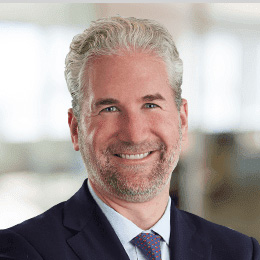AllianceBernstein
AllianceBernstein (AB) is one of the world’s largest global investment managers, with $829 billion in assets under management (AUM) as of June 30, 2025. Of that total, nearly 25%, $189.7 billion, is managed for over 80 insurance clients globally across the life, P&C, health and reinsurance segments.
With over 50 years of heritage in insurance asset management, AB has the experience and expertise to see the world through clients’ eyes. With a wide-ranging platform of insurance solutions, a dedicated portfolio team, comprehensive client advisory and servicing, and insurance-tailored operations and reporting, AB has the resources to meet our clients’ needs.
https://www.alliancebernstein.com/
501 Commerce Street, Nashville, TN, 37203
Strock Moore
Client Advisor – North America
strock.moore@alliancebernstein.com
+1 212-823-2773
Melissa King
Client Advisor – North America
melissa.king@alliancebernstein.com
+1 212-969-2229
Robert Amberger
Client Advisor – North America
robert.amberger@alliancebernstein.com
+1 212-823-2890






